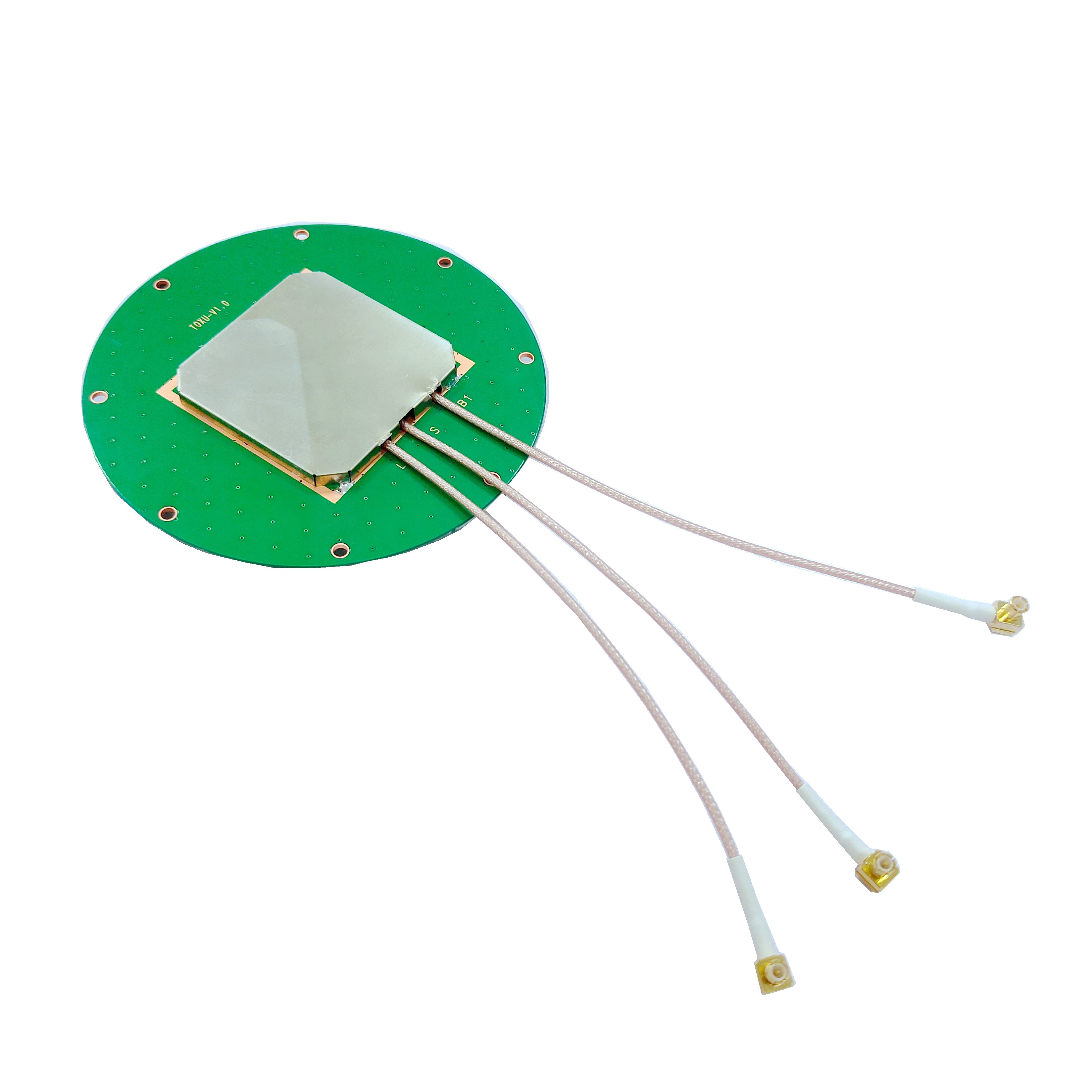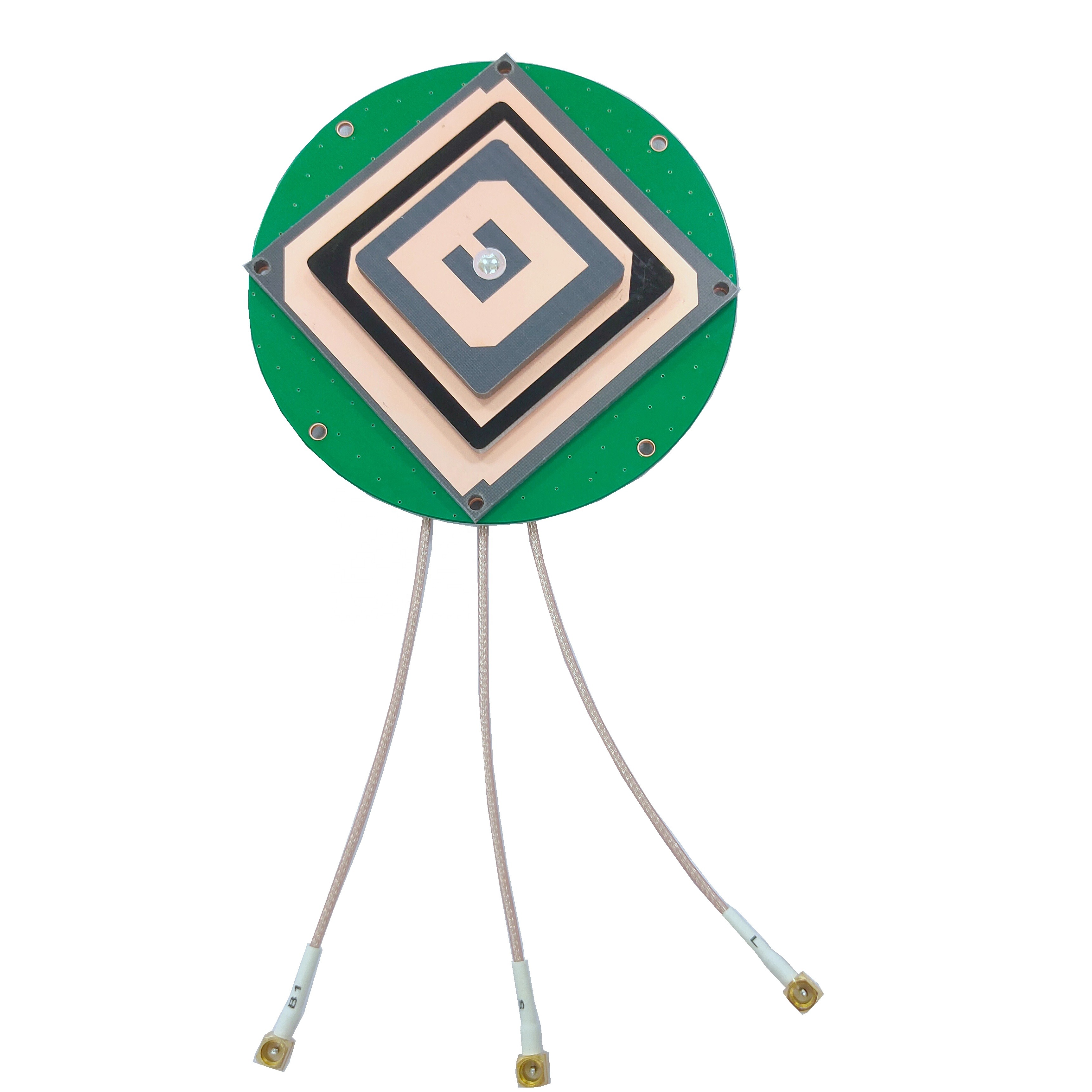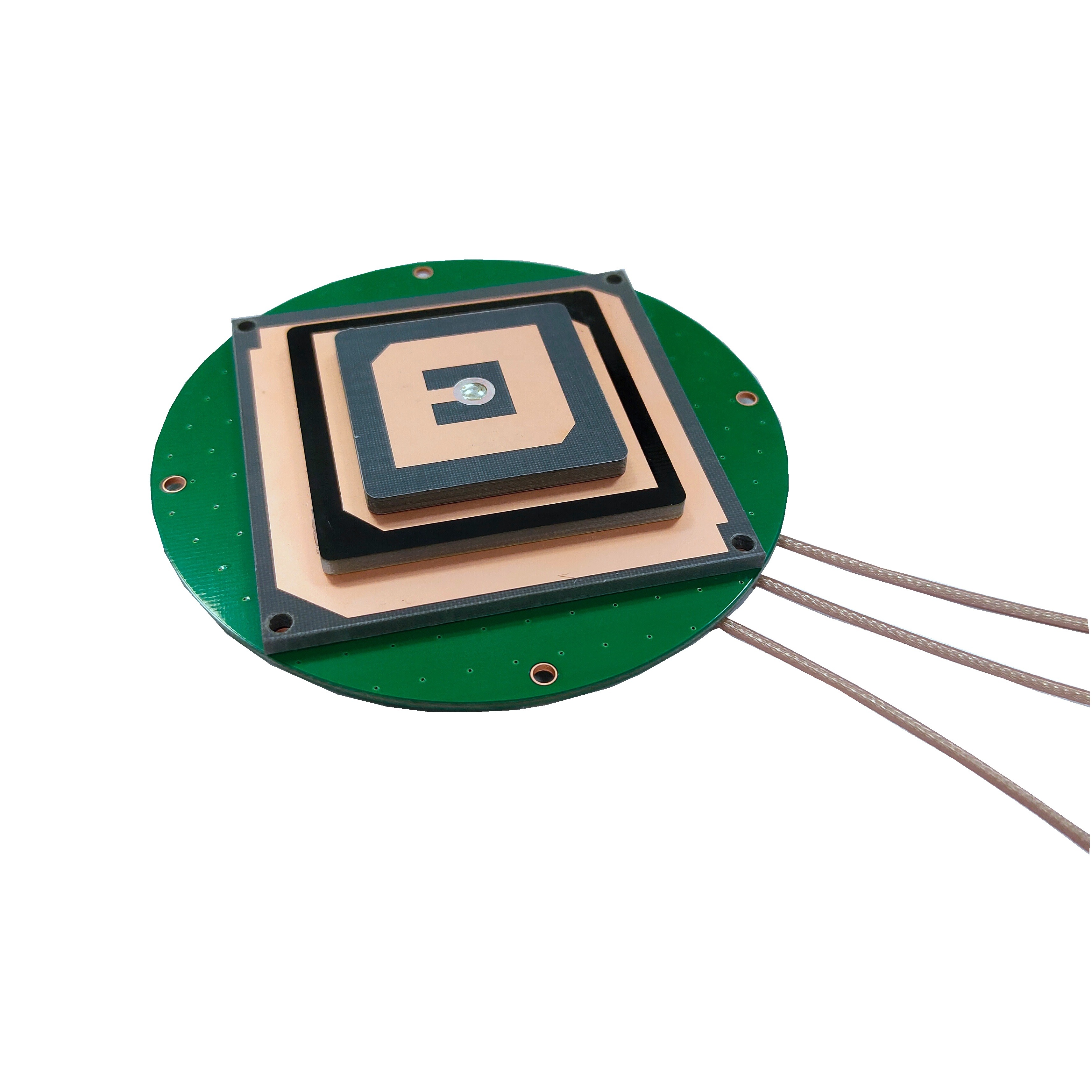Applications
Waterproof surveying GNSS antennas are employed in a variety of applications where water exposure is a constant or periodic challenge:
Coastal and Marine Surveying: Coastal mapping, bathymetric surveys, and offshore infrastructure inspection rely heavily on waterproof GNSS antennas. These antennas are mounted on survey boats, buoys, or coastal structures to collect data on shorelines, seabeds, and underwater features. They withstand saltwater spray, heavy rain, and occasional submersion, ensuring accurate positioning for nautical charting, coastal erosion monitoring, and offshore construction projects (such as wind farms or oil rigs).
Flood Mapping and Disaster Response: After floods or hurricanes, surveyors use waterproof GNSS antennas to map affected areas, assess damage, and plan relief efforts. These antennas can operate in water - logged environments, capturing precise coordinates of flooded regions, damaged infrastructure, and displaced populations. Their ability to function in wet conditions is critical for timely and accurate disaster response, helping authorities allocate resources effectively.
Construction in Wet Climates: In regions with high rainfall (e.g., tropical areas or monsoon zones), construction projects depend on waterproof surveying antennas to maintain progress during the wet season. These antennas are used for staking out foundations, monitoring construction alignment, and ensuring that infrastructure meets design specifications, even in heavy rain. They prevent delays caused by equipment failure, keeping projects on schedule.
Agricultural and Environmental Surveys: Agricultural surveys in irrigated fields, wetlands, or flood - prone farmland use waterproof GNSS antennas to map soil conditions, crop health, and water usage. Environmental surveys, such as wetland mapping or river basin monitoring, also rely on these antennas to collect data in water - rich ecosystems. Their durability ensures reliable performance in muddy, wet, or humid conditions.
Mining and Quarrying: Mining operations, especially those involving open pits or underground mines with water seepage, use waterproof surveying antennas for mapping, grade control, and safety monitoring. These antennas withstand the wet, dusty conditions of mines, providing accurate positioning data to ensure efficient extraction and compliance with safety regulations.
Future Trends
The development of waterproof surveying GNSS antennas is driven by the need for greater reliability, precision, and versatility in wet environments. Key future trends include:
Enhanced Waterproofing Technologies: Advances in materials science will lead to more effective waterproofing solutions. For example, nanotechnology - based coatings could provide superior water repellency and corrosion resistance, while flexible, self - healing sealants could automatically repair small cracks or gaps in the antenna's enclosure, extending its waterproof lifespan.
Reduced Size and Weight: Manufacturers will continue to miniaturize waterproof components, reducing the weight and bulk of these antennas. This will make them more suitable for portable applications, such as drone - mounted surveys or backpack - carried equipment, without compromising waterproofing or performance.
Integration with Advanced Sensing: Future waterproof antennas may incorporate additional sensors, such as water depth sensors, temperature sensors, or humidity sensors, to provide contextual data alongside positioning information. For example, an antenna used in flood mapping could simultaneously measure water depth and location, enhancing the utility of the collected data.
Improved Signal Processing for Wet Environments: Antennas will be paired with receivers featuring advanced signal processing algorithms optimized for wet conditions. These algorithms will better mitigate multipath from water surfaces, rain fade, and other water - induced interference, improving positioning accuracy in challenging wet environments.
Increased Energy Efficiency: As waterproof antennas are used in remote, battery - powered applications (e.g., buoys or autonomous surveying robots), energy efficiency will become a priority. Future models will feature low - power LNAs and power management systems that extend battery life, reducing the need for frequent recharging or replacement.
Compliance with Evolving Standards: As surveying activities expand into more extreme environments (e.g., deep - sea surveys or polar expeditions), waterproofing standards will evolve. Antennas will be tested to higher levels of water resistance (e.g., IP69K for high - pressure, high - temperature water jets) to meet the demands of these specialized applications.
Conclusion
Waterproof surveying GNSS antennas are a critical innovation for geospatial measurement in wet and water - exposed environments. By combining robust waterproofing with the high precision required for surveying, these antennas enable reliable data collection in conditions that would render standard antennas ineffective or damaged. Their hermetic sealing, rugged materials, and moisture - resistant components ensure uninterrupted operation in rain, coastal spray, and even temporary submersion, making them indispensable for coastal surveys, flood mapping, construction in wet climates, and other challenging applications.
While they face challenges such as increased weight, higher cost, and maintenance requirements, the benefits of waterproof surveying GNSS antennas—including durability, consistent precision, and versatility—far outweigh these drawbacks for projects in wet environments. As technology advances, these antennas will become smaller, more efficient, and better equipped to handle the unique challenges of water - rich environments, further expanding their utility in geospatial surveying.
In a world where climate change is increasing the frequency of extreme weather events and surveying activities are venturing into more remote and challenging regions, waterproof surveying GNSS antennas will continue to play a vital role in ensuring accurate, reliable, and timely geospatial data collection, supporting informed decision - making in construction, environmental management, disaster response, and beyond.




































































 Language
Language
 En
En Cn
Cn Korean
Korean

 Home >
Home > 







 18665803017 (Macro)
18665803017 (Macro)













